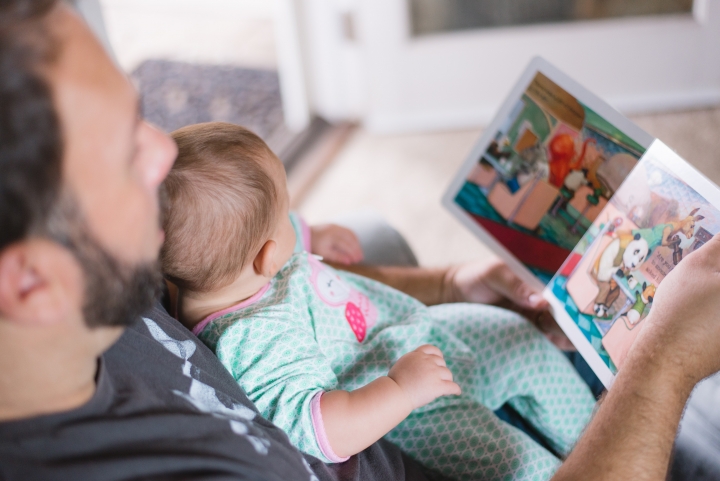Parental leave continues to be a major feature of Australian workplaces and can provide employers with a competitive edge in the labour market when it comes to attracting and retaining talent. However, men’s access to and uptake of this entitlement remains low. Employers play a key role in making parental leave available to men and in normalising the uptake of parental leave by fathers to help them to meet their caring responsibilities.
So why aren’t more men taking parental leave? There are many factors at play here. Gender norms and entrenched stereotypes might dissuade fathers from taking parental leave, due to the perception that caring for children is ‘women’s work’. Fathers might also feel discouraged to take parental leave because of workplace culture. They can perceive the stigma around taking extended leave from work and are aware that few, if any, of their male colleagues take parental leave. Even when fathers do decide that they would like to take parental leave, it is often not made available to men in the same way it is for women. Australia’s nationally legislated paid parental leave is divided into entitlements for ‘primary’ and ‘secondary‘ carers, fathers most often fall into the secondary category and are provided much less leave. Most organisations also only provide limited paid leave for secondary carers, if they provide any at all. Lastly, the gender pay gap means that on average, men earn more than women and for many families, it may make more financial sense for fathers not to take extended periods of unpaid leave from work.
Why your organisation should implement a gender equitable parental leave policy
Research on fathers' involvement in childcare shows that Australian men are increasingly interested in being active and engaged fathers. Fathers’ involvement in childcare has been linked to improved well-being, happiness and increases their commitment to family (Norman et al., 2018).
Aside from this, there are many benefits organisations can reap by making parental leave accessible to fathers and partners. When fathers and partners take parental leave, organisations report better recruitment, retention and promotion rates, leading to stronger performance and productivity outputs (Walsh, 2019). Paid leave benefits send a strong signal of an organisation’s commitment to employees, and these benefits can help to attract and retain top talent (Rau and Williams, 2017). Research in Australia also finds that parental leave is a key driver of employment decisions and job performance for both women and men, including young men, male managers, men approaching retirement, and most especially young fathers (Diversity Council of Australia, 2012).
How can your organisation design a gender equitable parental leave policy?
Access our leading practice guides (see below) that provide evidence based recommendations for creating and implementing gender equitable parental leave policies.
References
Diversity Council of Australia, (2012), Men Get Flexible! Mainstreaming flexible work in Australian business, Diversity Council Australia: Sydney.
Norman, H., Elliot, M., and Fagan, C., (2018), “Does Fathers’ Involvement in Childcare and Housework Affect Couples’ Relationship Stability?” Social Science Quarterly 99.5: 1599–1613.
Rau, H. and Williams, J.C. (2017), “A Winning Parental Leave Policy can be Surprisingly Simple”, Harvard Business Review, accessed 12 June 2019, <https://hbr.org/2017/07/a-winning- parental-leave-policy-can-be-surprisingly- simple>.
Walsh, E. (n.d.) (2019), “Fathers and parental leave”, Australian Institute of Family Studies, accessed at https://aifs.gov.au/aifs-conference/fathers-and-parental-leave.
Useful resources
Quick guide - gender equitable parental leave (PDF, 399.38 KB)
This leading practice guide provides evidence based recommendations for creating more equitable parental leave policies.
Leading Practice Parental Leave Guide (PDF, 566.22 KB)
This guide assists employers to develop a leading-practice parental leave policy. It is aimed at encouraging more employers to create their own paid parental leave schemes.
Insight Guide: Towards gender balanced parental leave (PDF, 708.18 KB)
This paper explores the link between the unequal distribution of caring work between women and men and the unequal labour market outcomes.

